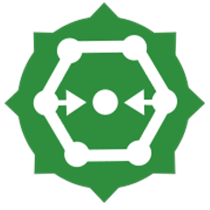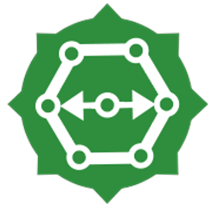This is the second part of the „Spatials in Alteryx“series. In the first part, we explained creating points, buffers, and spatial processes. In this second part, we will look at three more tools. Mainly we will talk about two ways to create more complex geometric objects from the points that we have created with Create Point. For this, we will look at poly build and trade area. Finally, we will show the reverse way, in which poly split divides a polygon back into individual points or sub-polygons.

The Poly Build allows you to create custom polygons based on your input data. It takes a group of spatial point objects and draws a polygon or polyline in a specific sort order to represent that group of points. This tool can also be used to develop spatial layers by translating a collection of GPS data into polygon or polyline objects, where a polygon is a simply bounded region, such as a state border, and a polyline contains multiple line segments with any number of points between their start and end points.
You can choose between three possible objects (build methods) in the tool:
1. The convex hull polygon is the smallest convex polygon that can be drawn to enclose all given points in the polygon.
2. The Sequence polygon is plotted based on all the points in their sequence. The sequence must be specified in the settings.
3. The Sequence polyline is drawn based on all the points within their sequential order. It is like the polygon but not closed so that not a surface, but a line is drawn.
Depending on the option you choose, you will need to select the right option from a couple of dropdown lists for the source field, the group field, and the sequence field.

The Trade Area tool is used to create regions (trade areas) around a specific point or set of geographic points. A trade area is a geographic region that covers a certain distance or travel time from a specific point or set of points. This tool allows you to analyze consumer behavior and identify patterns in buying habits within a specific geographic region.
You have two options to select the size of the trade area. You can specify it by distance or time (time needed to dive to that point). You can also specify the shape of the trading area, for example, circular, hexagonal, or square. And you can specify the resolution of the grid that will be used to create the trade area.
Once the trading area is defined, you can use it to extract and summarize data within that region, such as consumer demographic information or sales data. This can help you detect trends and patterns in consumer habits and make data-driven decisions about marketing, advertising, and sales strategies.

The Poly Split tool is used to split polygon or polyline objects into their component points, lines, or sub-polygons. This tool can be useful when working with large geospatial data sets where it is necessary to break up large polygons into smaller ones for analysis or visualization purposes. Each point, individual polygon, and any holes in a polygon becomes a row in the output.
